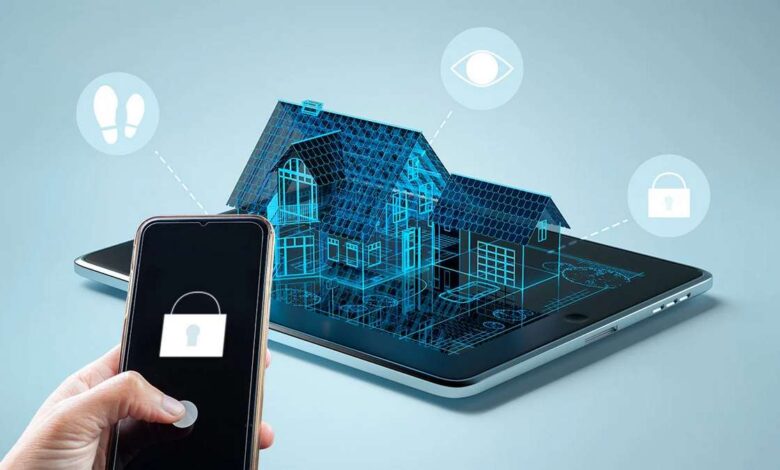Beyond the Basics: Revolutionizing Space Safety with Advanced Access Control

In our ever-evolving technological landscape, security isn’t just about locked doors and surveillance cameras anymore. The access control system plays an integral role in providing a comprehensive layer of safety in various spaces, both residential and commercial. Companies like Schneider Electric are at the forefront of this revolution, offering solutions that cater to the intricate needs of the modern era.
‘Security‘ used to conjure up thoughts of heavy vault doors or hefty key chains jangling on security personnel’s belts. Today, computerized interfaces, biometric scanning, and seamless connection with other systems are the norm. It is about ensuring that access, whether physical or digital, is only allowed to those who are authorized.
According to Schneider Electric research, the global market for access control systems is expected to exceed $10 billion by 2022. This growth reflects not only the importance that businesses place on security but also how these technologies have become integrated into our daily operations.
But what distinguishes modern access control systems?
1. Flexibility and Scalability: Traditional keys can be copied, lost, or stolen, causing potential security threats. Modern systems provide flexibility in terms of who can access what, and when. For large corporations like Schneider Electric, this is particularly useful, allowing for tiered access depending on the employee’s role.
2. Integration with Other Systems: Today’s access control systems are integrated into broader security and building networks, incorporating surveillance, alarms, and HVAC. Such interconnectedness boosts operational efficiency, providing a comprehensive, unified security solution, ensuring spaces are not only safe but also intelligently managed.
3. Biometrics and Advanced Tech: Fingerprint scans, facial recognition, and even retinal scans have entered the fray, offering levels of security that are hard to breach. Schneider Electric, for instance, has invested significantly in R&D to develop state-of-the-art biometric solutions.
4. Remote Monitoring and Control: With the rise of IoT devices and smart infrastructure, it’s possible to monitor and manage access from anywhere in the world. Imagine being able to grant or deny access to a facility while you’re on a different continent. It’s a game-changer for global businesses.
5. Tailored Solutions: Different spaces have different security needs. A bank’s requirements will differ vastly from a residential complex. Companies are now offering tailored solutions, with Schneider Electric being a notable player in delivering customized access control setups for diverse environments
6. Data Analysis and Decision Making: Advanced access control systems provide a sense of empowerment and control. It is no longer enough to just keep threats out; it is also necessary to manage areas efficiently, collect data on access patterns, and use that data to make informed judgments. It is proactive as opposed to reactive.
However, great power comes with great responsibility. As these technologies become more common, robust cybersecurity safeguards are required. After all, a remotely controlled machine may hypothetically be remotely hacked. Schneider Electric, like other industry leaders, highlights the importance of cybersecurity regularly, guaranteeing that its products are not only technologically advanced but also secure.
7. Sustainability and Energy Efficiency: Access control systems perform an unexpected role in an era where sustainability is key. These controls, when integrated with other building systems, can help in energy conservation. When an access control system detects that no workers are present in a certain office space after working hours, it can activate energy-saving options, such as turning off superfluous lights or managing HVAC systems. Such features not only result in significant financial savings but also help to reduce a building’s overall environmental imprint. Schneider Electric, known for its commitment to sustainability, has long advocated for such integrated techniques, which make spaces not only secure but also green.
To summarize, as we move farther into the twenty-first century, the substance of security evolves in tandem with technology. Understanding, analysis, and integration are more important than walls and barriers. It is about creating safe, efficient, and long-lasting spaces. The border between security and daily operations is blurring as a result of continual developments pioneered by firms such as Schneider Electric, leading to a holistic approach to space management. This is the future of access control, and it appears to be a bright one.